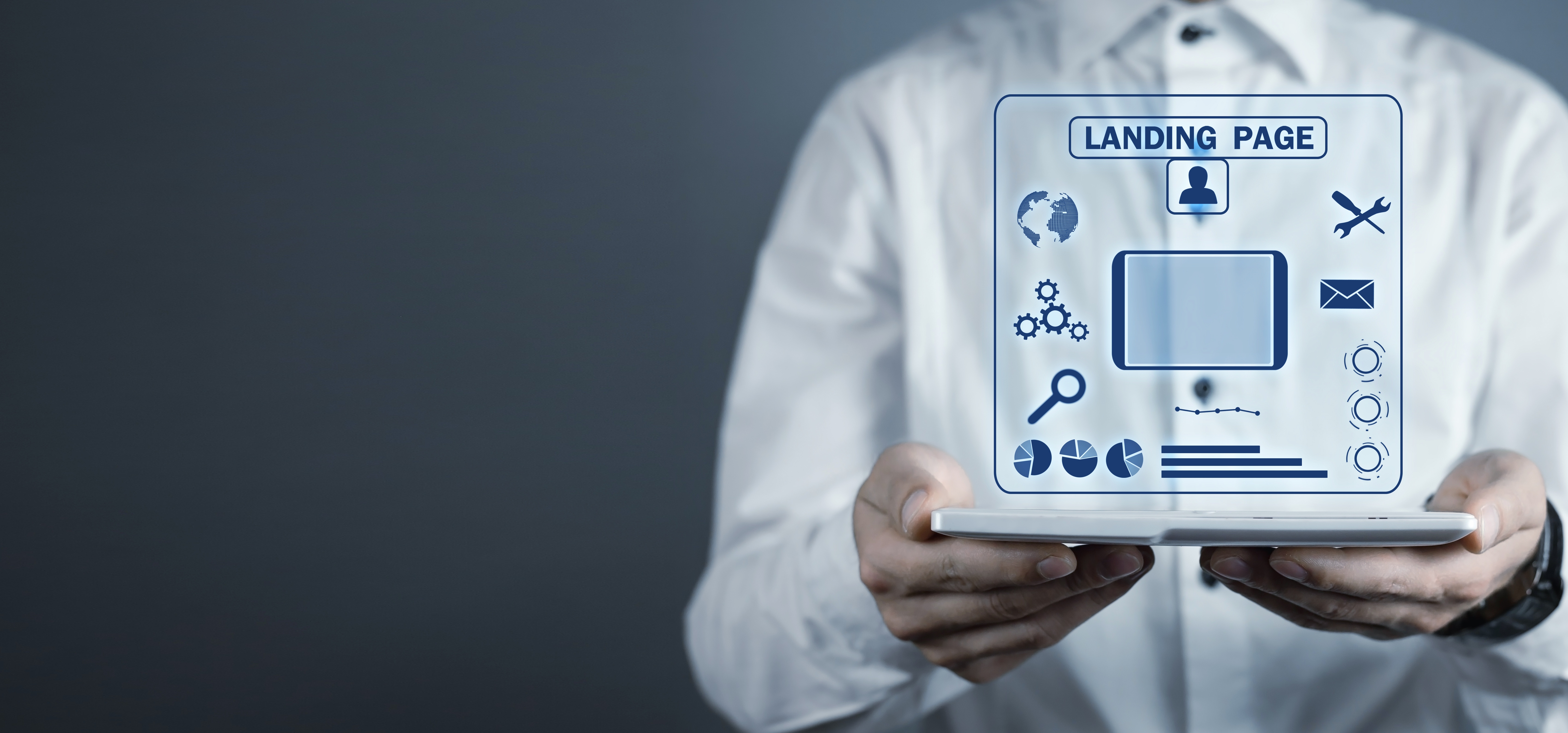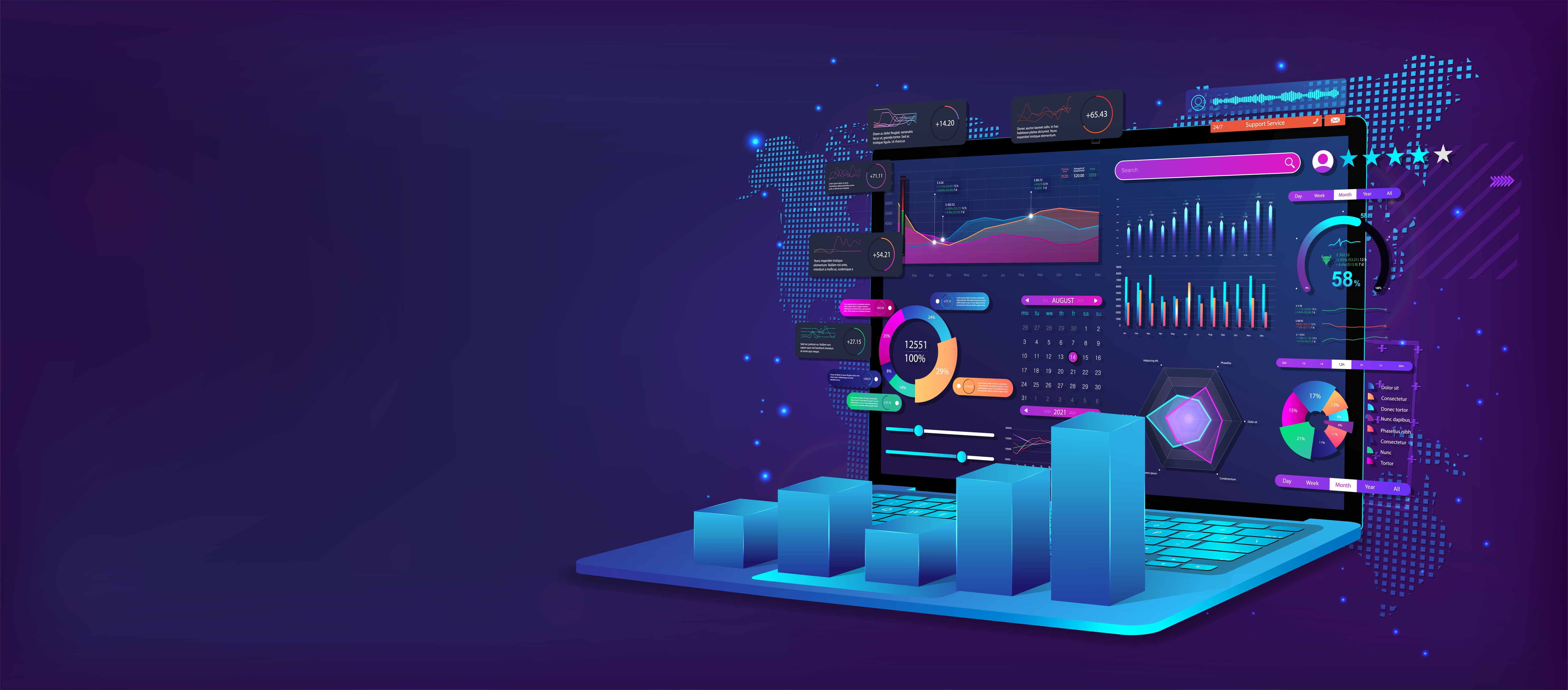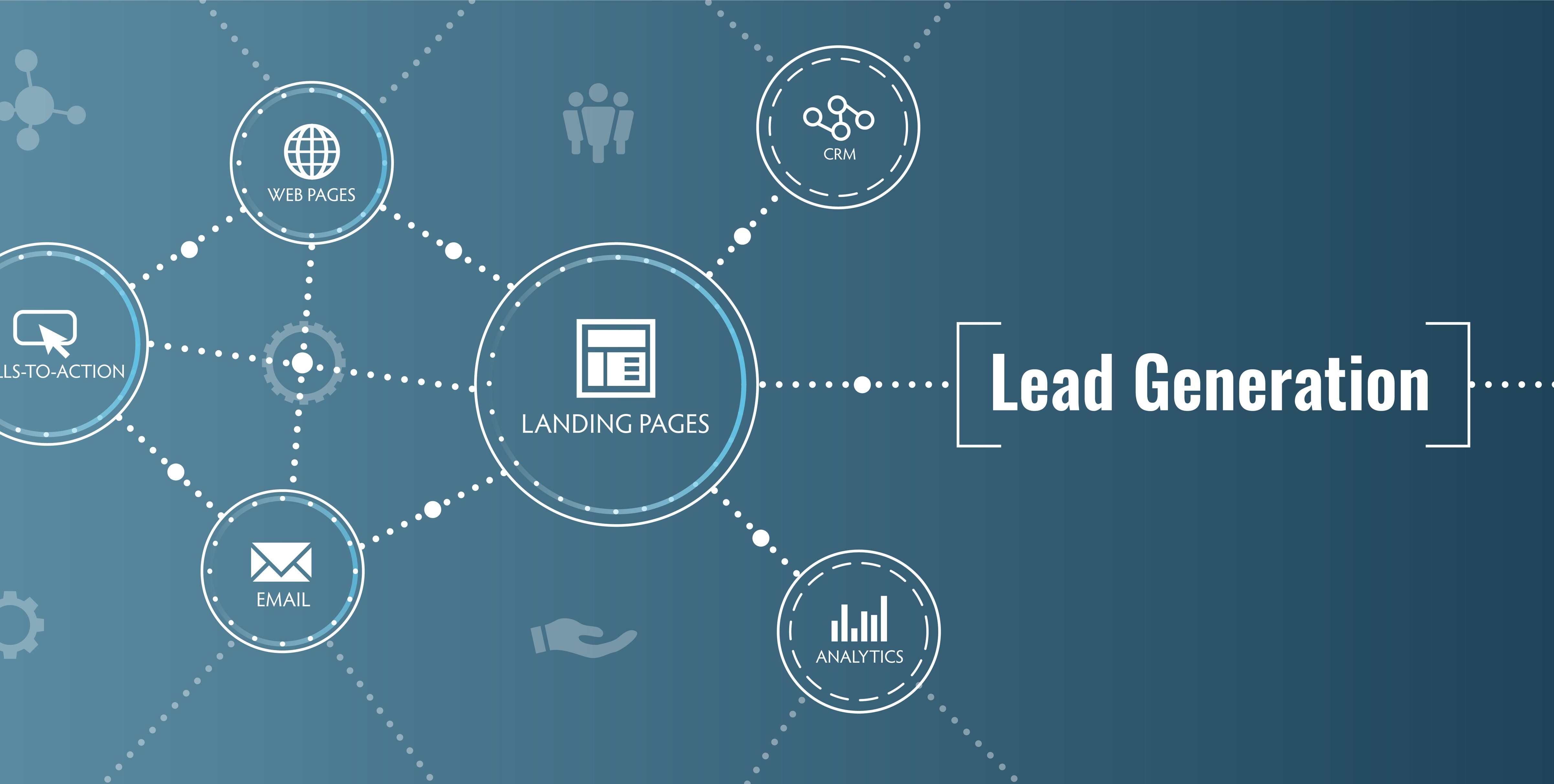Today we received an inquiry from a potential client in San Francisco who has been struggling with a dilemma. It’s perfectly related to what I’ve been wanting to talk about – How to Create a Great Website. In fact, we wrote about creating a great site 7 years ago (can’t believe it’s been that long!).
Back to the client – they needed an ecommerce site, but above all else, they wanted to make sure it sold a lot of products. They had reached out to a number of local firms in San Francisco, but weren’t able to find the firm for them primarily because:
“I am flooded with very talented people that make beautiful websites. However, I am trying to create a business which I hope to be profitable first and foremost rather than creative artistry in web design especially since our potential clients will be “older” adults (>40 years in age).”
Wow… I could tell I was going to like this client! And this was the perfect discussion to tie in a lot of recent events and items I’ve been thinking about turning into a blog namely:
- the cost of a website
- older people using the web (more on this in another post)
- recent research that’s come to light (below)
In many previous posts we’ve talked about the cost of a website, including the cost-benefit/opportunity costs of doing it yourself or in house. And it’s always different than our new clients think. Many think our costs are much higher, some are surprised by how low they are, but in all cases, it’s a matter of communicating value. And in actually getting value out of any service, it’s important to keep in mind “the big picture.”
This post is in no way meant to be a technical brief on creating a great website. Sure, there are a ton of technical (ie, programming) steps involved in doing so – as well as other items I’d argue are also technical (color selection, design, etc.) but is instead a guide to any business owner, upstart, etc. on how to create a great website – for your personal business goals and some overarching ideas that you must take into account.
How to Create a Great Website
So what does all of this have to do with how to create a great website? The short answer is – a great site keeps your end goals in mind. And as an organization we’ve made it our mission to accomplish this, and in particular accomplish this with BUSINESS objectives in mind. Most-often that takes the form of:
- what kinds of sales numbers are our clients looking to accomplish?
- what kinds of sales growth?
- …and what kind of profit are we going to try to achieve for our clients (hence “Profit Redesigned”)?
It’s this as an underlying concept that you must keep in mind when trying to understand a great website – keep those end goals in mind!
What Really Matters for Great Web Design
(Or How to Not Worry About Staying Ahead of the Technological Curve)
In this space there are constant technological hurdles, changes, and challenges. Staying on top of all of the updates to Internet marketing is daunting. Google Analytics will not stop making updates, and neither will AdWords or the search engine itself. But, it’s not these very technical things that you have to worry about most of all. In our experience if you just keep the following 2 items in mind while you’re developing a site (either yourself, or through a developer) you’ll do great:
- Top of Mind – Your End Customers – just keep this in mind.
- Top of Mind – Your Goals – What are you looking to accomplish? If that’s not being communicated clearly (on-site, or to your developers) that’s a problem.
Funny thing is that both of these two things are very much the same. And they are both adhered to, and communicated – through design.
What is Design?
(I’m not entirely sure, and I’m refusing to Google it…)
Design is a strange word. Most people think of visuals, colors and maybe from a web context – the overall look and feel of a website, but I think it’s both more specific and grander. In our space we call designers “UX Designers” which is short for User Experience. I was watching one of the latest additions to TeamTreeHouse on UX Design this afternoon (the online resource we use for web education) and just learned that technically the first UX designers were machine engineers – who manipulated the look/feel/knobs/location/etc. of every part of a machine during the industrial revolution in order to make them as easy-to-use and efficient as possible.
Well look at that!!!… the 1st UX Designers had the business’ goals in mind (efficiency) and considered their audience – machine operators, when making adjustments.
Making the leap from there – a web designer is EXACTLY a UX Designer. Unlike a painting, a piece of paper, or (in many cases) conventional print design, where a design rests atop a static thing – someone actually DOES something with our designs. Our websites are interacted with. People have to USE them, they have to find information, click stuff, drag stuff, etc. and motion, movement, etc. happens.
Web design is more like engineering than conventional print design and it’s interesting to note that we’ve always had some difficulty taking even the best print designers and teaching them web/UX design – they just don’t get it. It’s not as formulaic as “navigation at the top, footer at the bottom, etc.” there’s more to worry about and consider.
Pretty Design Does NOT Make a Great Website
For years many in the web industry have correlated great design with beauty. I’m sure this happens in other artistic/creative industries as well (architects come to mind). Everyone has different tastes, preferences, and artists will always assert themselves, their ideologies, and biases on a piece. However, the idea the something MUST be beautiful to be effective has recently been proved wrong.
The above site (http://www.pulcinella.ca/) is really great looking, but very hard to use.
Thank you to the great SEO blog over at Yoast.com for pointing out some recent research in this space in their recent article – Beautiful or Usable: What’s Important When Designing Your Website:
Looking at the results of some recent studies on the importance of aesthetics and usability, results appear very mixed…. A large study show[ed] opposite relations. Their findings refute the ‘what is beautiful is usable notion’. Poor usability appeared to lower ratings on perceived aesthetics. If people are frustrated because they can’t seem to find what they want on your site, their approval of the design of your website will become smaller.
What this means is that, above all-else a website must first be usable. Can people find the information they want, are they directed properly through the site? Or are you using confusing menus, weird names for things, and hoping imagery and aesthetics will fill in where usability gaps appear?
Anecdotally we’ve noticed EXACTLY this correlation through the hundreds of sites and corresponding performance of said sites for the businesses that are our clients.
At first glance, some of the plainest sites (even in industries that are design centered) often see the best performance. But at the same time there are DEFINITELY situations and clients that NEED to concentrate more on aesthetics. The potential client mentioned at the beginning of this article instinctively knew this… that goals and usability are as important if not more important than looks.
When a website stands perfectly centered at the intersection of aesthetics and usability that it is when it can truly be called a “great design,” benefiting BOTH it’s end users and the organization that had it commissioned.
Similar Posts




